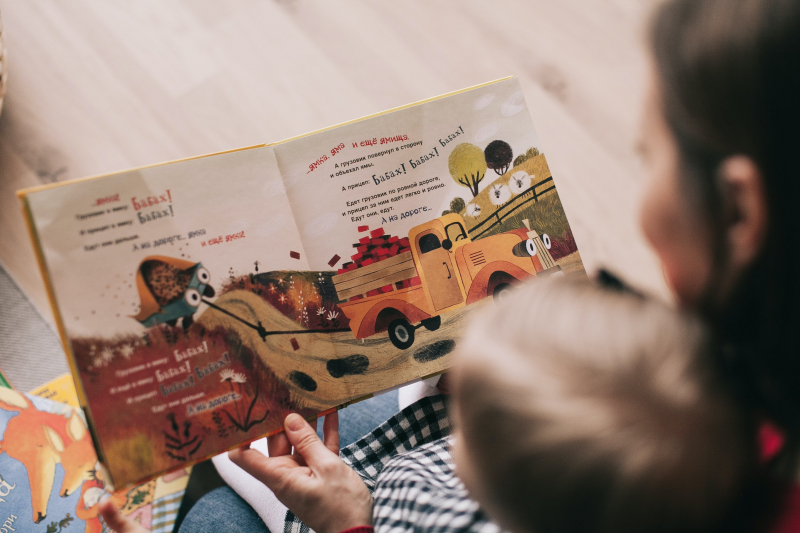Old and New Storytelling
Essay topic: Old and New Storytelling.
Answer:
Storytelling, a timeless tradition, evolves with time, giving rise to both old and new forms of narrative expression. These storytelling approaches, while rooted in the same fundamental human impulse to share experiences, exhibit notable distinctions in their methods and impact.
Old storytelling refers to traditional methods of narrative transmission, often passed down through generations orally or in written forms like books and folktales. It relies on the richness of language and the spoken word to weave intricate tales that captivate audiences. Old storytelling often thrives on the power of imagination, allowing listeners or readers to mentally construct the world of the narrative based on descriptive language and vivid details.
Conversely, new storytelling embraces contemporary mediums and technologies to convey narratives. This includes digital platforms, interactive media, and multimedia elements like audio, video, and graphics. New storytelling often leverages the immediacy and accessibility of technology to engage audiences in dynamic and immersive ways. It goes beyond traditional boundaries, incorporating visual and interactive elements to enhance the narrative experience.
One significant difference is the mode of transmission. Old storytelling relies on direct human interaction, whether through oral storytelling sessions or the act of reading physical books. The storyteller or author engages with the audience's imagination through the power of words. In contrast, new storytelling often involves digital interfaces and screens, where narratives unfold through a combination of visual, auditory, and interactive elements. The audience engages with the story in a more mediated and technologically driven manner.
Consideration should also be given to the pace of storytelling. Old storytelling often unfolds at a measured pace, allowing listeners or readers to absorb the details and nuances gradually. The emphasis is on the unfolding of the narrative over time. New storytelling, facilitated by technology, may adopt a more rapid pace, leveraging the immediacy of visuals and interactive features to maintain audience engagement in a fast-paced digital environment.
In conclusion, old and new storytelling represent distinct approaches to sharing narratives, each shaped by its temporal context. Old storytelling, rooted in tradition and language, engages the imagination through spoken or written words. New storytelling, influenced by technology, exploits multimedia elements to create dynamic and interactive narrative experiences. Both forms contribute to the rich tapestry of storytelling, reflecting the evolving ways in which humans express, share, and connect through the art of narrative.












